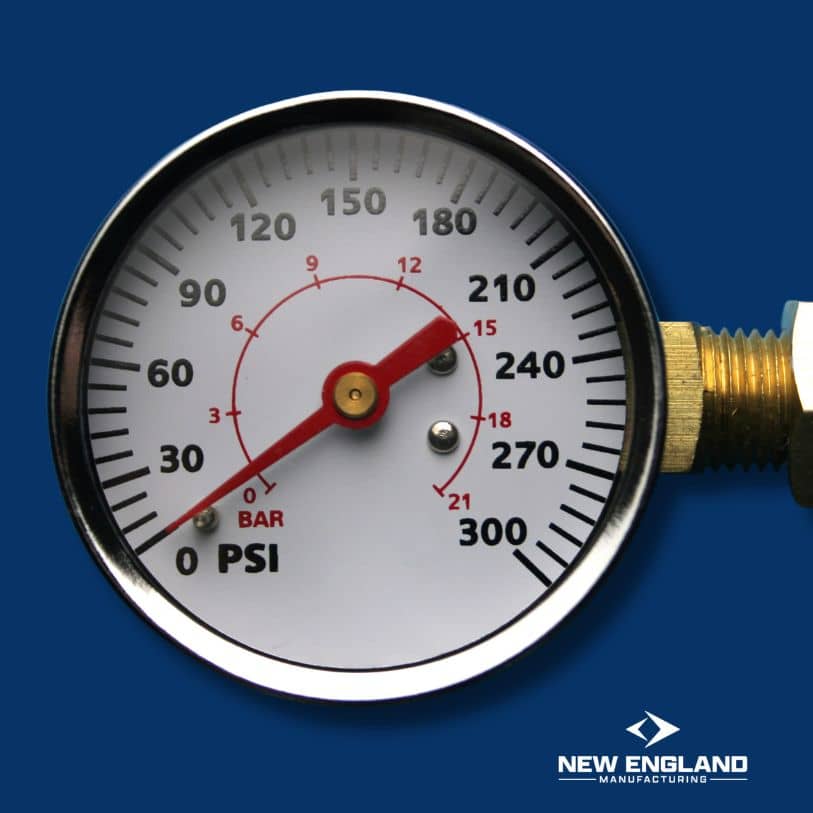Ensuring Precision in Melt Flow Testing: Your Guide to Trustworthy Results
In polymer testing, obtaining reliable test outcomes is paramount. Melt flow testing stands out as a pivotal evaluation process, instrumental in determining the flow characteristics of thermoplastic polymers. This test is not just a procedure but a critical tool ensuring materials meet specific standards and applications. As we dive into this topic, we aim to highlight the importance of precision in melt flow testing and how to achieve it. Let’s embark on an informative exploration into making every melt flow test count, ensuring each result is not just a number but a testament to quality and reliability.
The Significance of Accuracy
First and foremost, accuracy in melt flow testing is the cornerstone of material reliability. When we talk about the flow test speed, we’re referring to the rate at which the polymer melts flow through a die of a specified diameter and length under a defined weight and temperature. This parameter is crucial because it directly influences the material’s processing behavior and final application performance. Ensuring the flow test speed is accurately measured allows manufacturers to predict how the material will behave in real-world applications.
Calibration and Equipment Maintenance
Transitioning into the technical side, the precision of melt flow testing heavily depends on the calibration and maintenance of the testing equipment. Regular calibration ensures that the measurements of flow test speed are consistent and accurate over time. On the other hand, equipment maintenance prevents unexpected discrepancies that could affect the test results. It’s essential to follow the manufacturer’s guidelines for calibration and maintenance schedules to avoid any potential inaccuracies.
The Role of Sample Preparation
Moreover, preparing the test sample is pivotal in achieving reliable results. The condition of the polymer, including its moisture content and the presence of any contaminants, can significantly impact the flow test speed. Preparing the sample with careful attention to these details ensures that the test conditions are optimal and that the results reflect the material’s true characteristics. It involves drying the polymer if necessary and ensuring it is free from foreign materials that could skew the results.
Consistency in Test Conditions
Furthermore, consistency in test conditions is crucial to reliability. This includes maintaining a stable temperature throughout the test and applying the weight uniformly. Any fluctuation in these conditions can lead to the flow test speed variations, affecting the test’s reliability. Monitoring and controlling these conditions closely is crucial to ensure that each test is conducted under identical circumstances for comparability and accuracy.
Understanding and Interpreting Results
Understanding and interpreting the results correctly is just as important as conducting the test accurately. The flow test speed provides valuable insights into the material’s viscosity and melting behavior. However, interpreting these results requires expertise and an understanding of how different factors, such as temperature and molecular weight, impact the flow properties. Proper interpretation ensures that the data collected from the melt flow test is used effectively to make informed decisions about the material’s suitability for specific applications.
Addressing Common Challenges
Addressing common challenges in melt flow testing can further enhance reliability. These challenges include temperature fluctuations, inconsistent sample sizes, and operator errors. Implementing strict protocols and training for operators can minimize these issues. Additionally, using advanced equipment with better control features can address temperature and pressure fluctuations, ensuring more consistent and reliable results.
Continuous Improvement and Quality Control
Lastly, continuous improvement and quality control measures play a critical role in ensuring the reliability of melt flow testing. This involves regularly reviewing testing procedures, updating equipment, and training staff to keep up with industry standards and technological advancements. Quality control checks, such as running standard samples alongside actual tests, can provide a benchmark to gauge the accuracy of the test results. This proactive approach ensures that the melt flow testing process remains robust and reliable.
In Conclusion
Melt flow testing is more than just a routine check; it’s a fundamental aspect of quality assurance in the polymer industry. Achieving reliable test results requires attention to detail, from the calibration and maintenance of equipment to the preparation of samples and the consistency of test conditions. Understanding and accurately interpreting the results are vital to making informed decisions about material suitability. By addressing common challenges and implementing continuous improvement measures, manufacturers can ensure that their melt flow testing processes are as reliable as possible. This commitment to accuracy not only upholds the integrity of the materials but also supports the development of products that meet the highest quality and performance standards. Ultimately, the goal is clear: to ensure that every melt flow test contributes to the creation of superior materials, fostering trust and reliability in the products we use every day.
Read More:
Flow Meter Testers

Mark R.
With a strong foundation in industrial safety and fire protection systems, Mark R. specializes in creating clear, technical, and compliance-driven content. Writing for SafeTech Reports, he covers topics such as fire hydrant testing, PPE protocols, emergency procedures, and smart technology integration in safety systems. His work ensures that professionals stay informed on the latest regulations, best practices, and emerging trends in safety and infrastructure maintenance.
Get in touch
We usually respond within 24 hours
Need Reliable Water Flow Test Equipment?
For over 70 years, New England Manufacturing has been the trusted source for fire hydrant and water flow testing kits. From pitot gauge kits to custom test kits, we provide precision, durability, and expert calibration to meet your needs.
- Custom-built test kits
- High-quality pressure gauges
- Reliable calibration services


